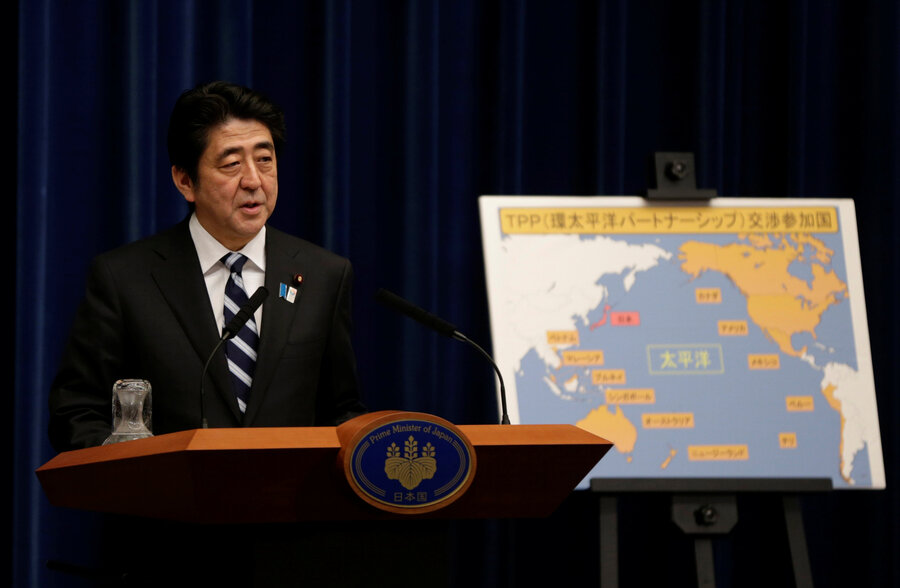ACTION
In his Presidential Memorandum: Withdrawal of the United States from the Trans-Pacific Partnership Negotiations and Agreement, Trump directed the US trade representative to withdraw the United States from the TPP and any subsequent negotiations. “Trade with other nations is, and always will be, of paramount importance to my administration and to me,” the president wrote, but he stressed that his administration will focus on country-to-country (bilateral) trade agreements rather than regional or multilateral ones.
ANALYSIS
Trump’s action on the TPP is symbolic, since the 12-nation deal was all but dead in Congress. Going forward, however, his trade rhetoric suggests he is preparing to reverse decades of GOP trade orthodoxy. GOP presidents have long argued that trade allows companies to source their products from the most cost-efficient places, reducing costs for consumers and strengthening the economy, which will create more jobs. That has happened, with employment at an all-time high, thanks to a burgeoning service sector. But manufacturing jobs have declined. By cutting back on free trade agreements like TPP and the North American Free Trade Agreement (NAFTA), Trump aims to reverse that trend. Americans will pay for these moves through higher consumer prices.
“The Trump administration has focused much more on the flip side of the coin: that this will bring production into the US and create more jobs,” says Puneet Manchanda, a marketing professor at the University of Michigan’s Ross School of Business. “But I’m not sure they have thought through the short-term pain that these moves will inflict on us as consumers.”
Correction: This article has been updated to correct the name of NAFTA.








